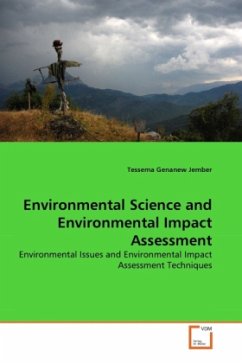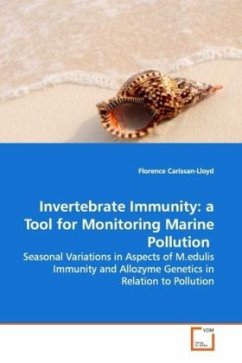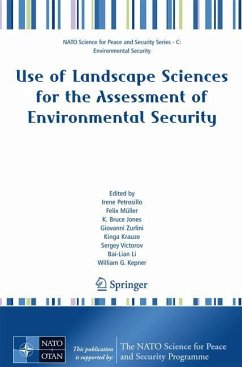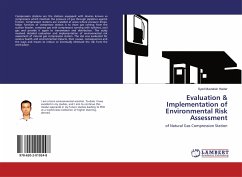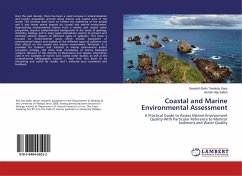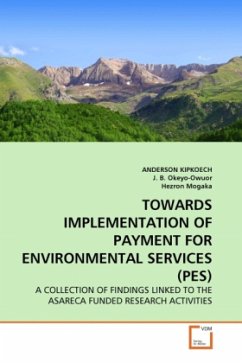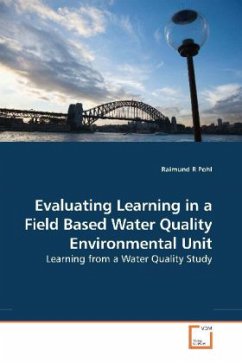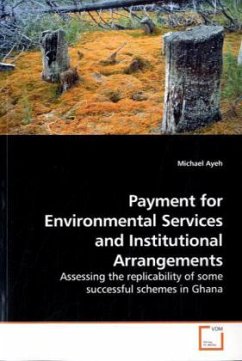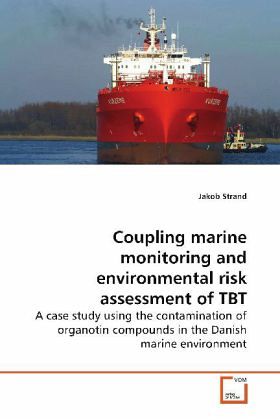
Coupling marine monitoring and environmental risk assessment of TBT
A case study using the contamination of organotin compounds in the Danish marine environment
Versandkostenfrei!
Versandfertig in 6-10 Tagen
32,99 €
inkl. MwSt.

PAYBACK Punkte
16 °P sammeln!
The highly toxic organotin compounds, mainly tributyltin (TBT), which have been widely used as antifouling agents in ship paints, are a problematic group of hazardous substances causing high risks of adverse effects in the marine environments. This work covers several related field studies of spatial distributions, bioaccumulation and effects in Danish and Arctic waters. The various studies show that high levels of organotins generally occur in the Danish waters. In addition, the amount of field data presented provides an opportunity to compare actual measured concentrations with biological ef...
The highly toxic organotin compounds, mainly
tributyltin (TBT), which have been widely used as
antifouling agents in ship paints, are a problematic
group of hazardous substances causing high risks of
adverse effects in the marine environments. This
work covers several related field studies of spatial
distributions, bioaccumulation and effects in Danish
and Arctic waters. The various studies show that
high levels of organotins generally occur in the
Danish waters.
In addition, the amount of field data presented
provides an opportunity to compare actual measured
concentrations with biological effects of TBT in the
marine environment. This includes an approach to
derive assessment criteria for TBT, so it is
possible to combine TBT concentrations in seawater,
sediment and molluscs with the TBT-specific
biomarker responses, i.e. imposex and intersex in
marine gastropods. The assessment criteria are
derived to reflect the objectives within the OSPAR
and EU for transitional and open waters. Thereby
this work may also be seen as model for integrated
environmental risk assessment of other groups of
priority hazardous substances.
tributyltin (TBT), which have been widely used as
antifouling agents in ship paints, are a problematic
group of hazardous substances causing high risks of
adverse effects in the marine environments. This
work covers several related field studies of spatial
distributions, bioaccumulation and effects in Danish
and Arctic waters. The various studies show that
high levels of organotins generally occur in the
Danish waters.
In addition, the amount of field data presented
provides an opportunity to compare actual measured
concentrations with biological effects of TBT in the
marine environment. This includes an approach to
derive assessment criteria for TBT, so it is
possible to combine TBT concentrations in seawater,
sediment and molluscs with the TBT-specific
biomarker responses, i.e. imposex and intersex in
marine gastropods. The assessment criteria are
derived to reflect the objectives within the OSPAR
and EU for transitional and open waters. Thereby
this work may also be seen as model for integrated
environmental risk assessment of other groups of
priority hazardous substances.



